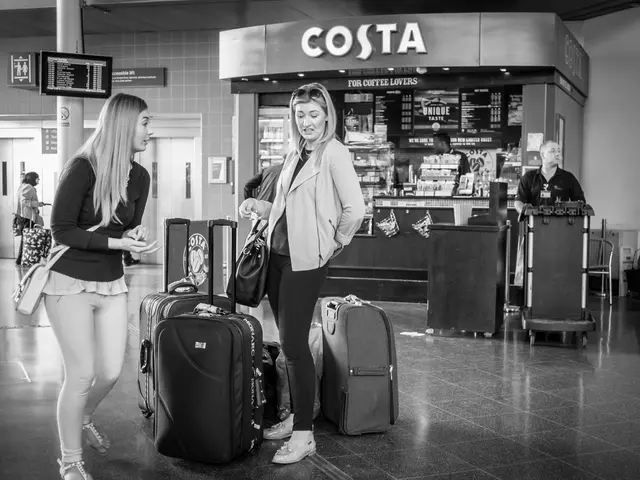Subsidized Taxi Models Under Consideration for Thuringia's Public Transportation
Taxi Industry Advocates for Incorporation in Public Transport System - Trade Group Suggests Innovative Service Approaches - Taxi Services in Mainstream Travel: Suggested Innovative Approaches by the Association
Thuringia's Transport Business Association is contemplating a broader role for taxis in subsidized public transportation, particularly in rural regions and urban outskirts. The idea is to utilize call, shared, or line taxis to bolster mobility offerings, with a specific focus on areas with limited public transportation options.
According to Martin Kammer, managing director of the state association Thuringia, there are approximately 800 taxis and 1,200 rental cars currently serving Thuringia's streets. The Association of Central German Bus Companies has expressed skepticism about the proposition, citing high costs for relatively few passengers.
Kammer points out that the taxi industry's economic situation is stable due to contract trips, such as patient transport and services for students with disabilities. At present, only a few taxi models have been utilized in public transportation within Thuringia, with Jena and Greiz districts serving as notable examples.
The association advocates for reviewing Thuringia's line traffic network based on cost and service considerations, deciding where buses are used, and where taxis might be more appropriate. Taxi usage could potentially fill gaps in underutilized bus routes or transport passengers to transit hubs or areas with infrequent departures.
The association, representing around 600 transport companies, logistics providers, and car rental and taxi companies, has presented a list of demands to the federal and state governments. Among other demands, they seek improved consideration of taxis and rental cars in future public transportation planning to enhance mobility in urban fringe areas and rural regions, where more than 20,000 employees work within the transport industry.
Tilman Wagenknecht, managing director of the Association of Central German Bus Companies, concedes that taxis could be part of revised public transportation plans in certain regions. However, he emphasizes the importance of considering costs per passenger in light of limited public transportation funding. The challenge remains to maintain affordable transportation everywhere despite increasing costs.
Currently, some regions offer on-demand transportation services through call buses or call taxis. The association estimates that around 100 bus companies operate in Thuringia's line service.
Potential implications of integrating taxis into subsidized public transport systems include improved mobility in rural areas, flexible and on-demand services, enhanced connectivity around cities, and potential cost efficiency. However, operational, regulatory, and quality challenges must be addressed to achieve sustainable and inclusive transport outcomes.
Community policy could consider revising vocational training programs to equip taxi drivers with skills necessary for operating in subsidized public transportation, especially in rural areas and urban outskirts. This would be beneficial for the integration of taxis into public transportation, as it would provide a workforce well-versed in transport industry regulations and service delivery.
In order to finance the integration of taxis into subsidized public transportation, financial institutions might need to provide adaptable loan options for taxi companies, allowing them to acquire necessary vehicles and infrastructure. This could aid in creating a more comprehensive and accessible transportation network within Thuringia.








